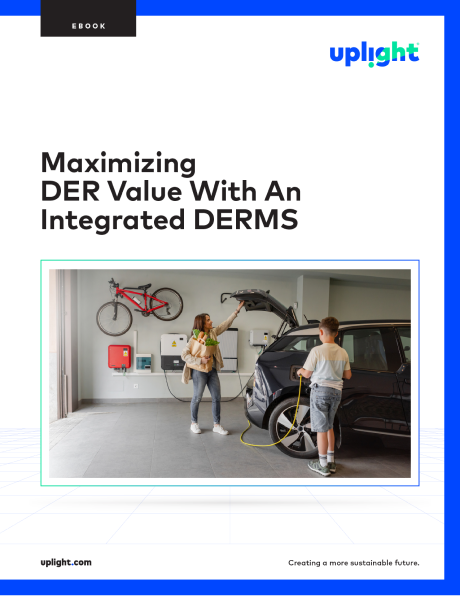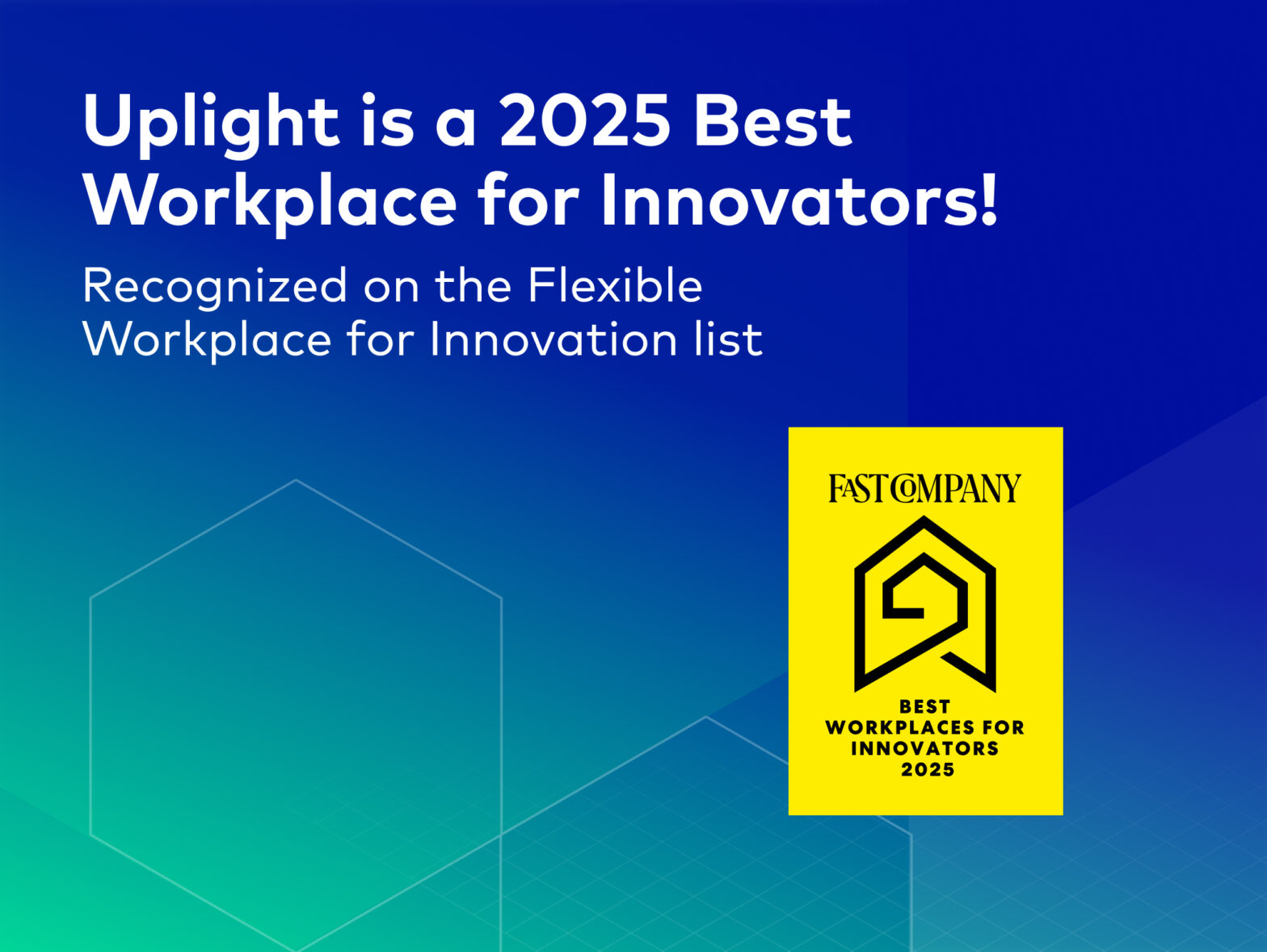Wood Mackenzie’s latest 2025 North America Virtual Power Plant Market Report makes one thing clear: Virtual Power Plants (VPPs) are no longer experimental. They are now a critical and proven part of how utilities, grid operators, and retailers keep the lights in the face of load growth—all while harnessing distributed energy resources (DERs) already in homes and businesses.
The report shows the VPP market is both growing and maturing:
- Deployments grew 33% in the last year, from 1,459 in 2024 to 1,940 in 2025.
- VPP capacity expanded to 37.5 GW, up 13.7% year-over-year.
- The number of utilities and organizations procuring VPP capacity jumped 38%, with 25 organizations now procuring over 100 MW each.
- Residential customers’ share of wholesale capacity topped 10% for the first time, reflecting the growing role of homes in grid resilience.
This broadening market demonstrates that VPPs are becoming indispensable—not just for reducing peak demand, but for balancing volatility, managing distribution constraints, and enabling customer participation in the clean energy transition.
What is Driving VPP Growth?
The Wood Mackenzie report points to the load growth, scale, maturity, policy, and technology behind the growth including:
- Diversification of DERs: EVs and batteries are rapidly catching up with smart thermostats, making portfolios more flexible and resilient.
- Retailer and data center demand: Large loads, particularly from data centers, are pushing utilities and retailers to integrate VPPs—taking advantage of existing resources already deployed.
- Policy momentum: States like Virginia, Massachusetts, and Illinois are advancing ambitious VPP-enablement bills, mandating standard offer programs and ensuring long-term commitments that vendors and customers can rely on. California, Texas, New York, and Massachusetts represent 37% of total VPP deployments.
- Technology evolution: Utilities are demanding greater cross-technology orchestration and dynamic DER grouping, while managed charging and behavioral programs expand reach and impact.
Where Uplight VPPs Stand Out
The report positions Uplight among the top-tier VPP providers in North America, with 8.5 GW of dispatchable capacity under management. According to Wood Mackenzie, what sets Uplight apart is the breadth and balance of its portfolio:
- Multi-segment leadership: Unlike providers focused solely on residential customers, Uplight spans residential, C&I, and utility-scale resources, giving utilties more options to deliver grid value.
- Proven utility partnerships: With over 80 clients, Uplight has clear proof of trust from some of the most forward-thinking utilities in the country.
- Innovation at the edge: By integrating behavioral demand response with batteries, EVs, and thermostats, Uplight is uniquely positioned to help utilities orchestrate diverse DER portfolios.
The Uplight VPP Difference
At Uplight, we believe the future of the grid is customer-powered. VPPs don’t just keep the lights on—they empower residential and business customers to play an active role in creating more reliable, affordable, and sustainable energy.
Our scale, diverse capabilities, and proven partnerships mean that whether you’re an IOU, cooperative, municipal, or retailer, Uplight can help unlock the full potential of distributed energy resources.





